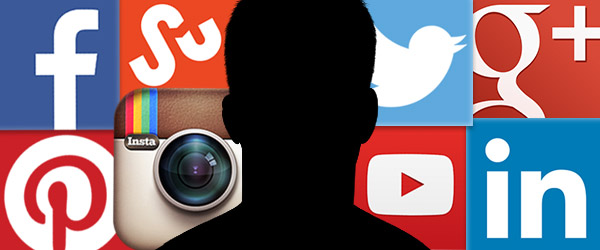News consumption on Facebook and Twitter has increased significantly in the last two years, according to a report released Tuesday by the Pew Research Center and the Knight Foundation.
Almost two-thirds (63 percent) of Twitter and Facebook members surveyed said they got news from those social networks. For Twitter, that’s an 11 point increase from 2013, when 52 percent of its members said they got news there. For Facebook it’s a 16 point jump since 2013, when 47 percent of its members said they looked to it for news.
“The main takeaway of the study is that even while the overall number of users has not changed much from 2013 to 2015, the portion of the users that are getting news in this space has increased substantially,” Amy Mitchell, director of journalism research at Pew, told TechNewsWorld.
However, the social networks remain a secondary source of news for most of their members. Six out of 10 members (60 percent) told the Pew researchers that the networks were “not a very important way” for them to get their news.
“Only 9 percent of Twitter people and 4 percent of Facebook people say it’s the most important way that they get news, which to me implies other sources — including more traditional sources — are still viewed as the most important source,” Jon Sotsky, director for strategy and assessment at the Knight Foundation, told TechNewsWorld.
“People encounter news in this space, as opposed to going there seeking news,” Pew’s Mitchell pointed out. “They’re going to a social network to do something else — and when they’re there, they come across news.”
Instant Articles
Just how important a source of news the social networks are varies with age. For example, the researchers found about half of users between the ages of 18 and 34 said that the sites were “the most important” or “an important” way they got news.
“When you consider the group that is migrating toward getting their news on social media — young people — you’re talking about people that advertisers want the most,” John Carroll, a mass communications professor at Boston University, told TechNewsWorld.
One reason getting news on social networks is on the rise may be that the nets are putting more news before users’ eyes. Facebook, for instance, earlier this yearlaunched Instant Articles, a service that allows media companies to publish stories directly to the Facebook platform instead of linking to outside sites.
For news outlets, Instant Articles can offer a better user experience associated with their content.
“When you look at Instant Articles on Facebook, they come up in a more native user interface. They look more integrated with Facebook, and they come up a lot faster,” said Brian Blau, a research director at Gartner.
“For mobile, it makes the experience a lot smoother,” he told TechNewsWorld, “because the experience is there directly, and you don’t have to click on links and traverse around the Internet.”
Facebook Addiction
The Instant Articles tool also benefits Facebook, because it keeps members on Facebook rather than someone else’s news site.
“Facebook wants to be the Web for all its users,” BU’s Caroll said. “The more they can house content on the Facebook platform, the better they like it, because they can retain their users longer and mine more data from them.”
Traditional media outlets should be wary of becoming dependent on Instant Articles, he cautioned.
“You have the potential of these Instant Articles becoming addictive to publications, for them to rely on the audience they draw, and then Facebook changes things so they’re not so favorable to the publications,” Carroll explained.
Are Pew’s findings an ill omen for traditional media companies?
“Not necessarily,” Mitchell said. “What we see is that social media is more a part of Americans’ news streams than in the past.”
“Social media is becoming more of a way that people are connecting with news,” she continued. “There are many ways within social media that people are getting that news. One of the challenges for news organizations is figuring out to what degree people are using those ways to get news and their awareness of where their news is coming from.”





















































